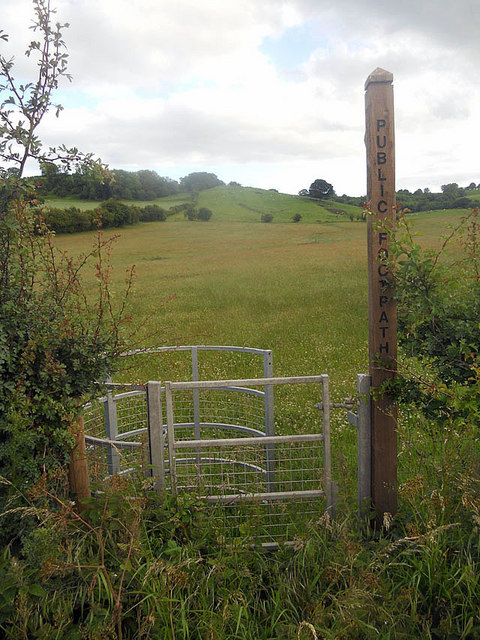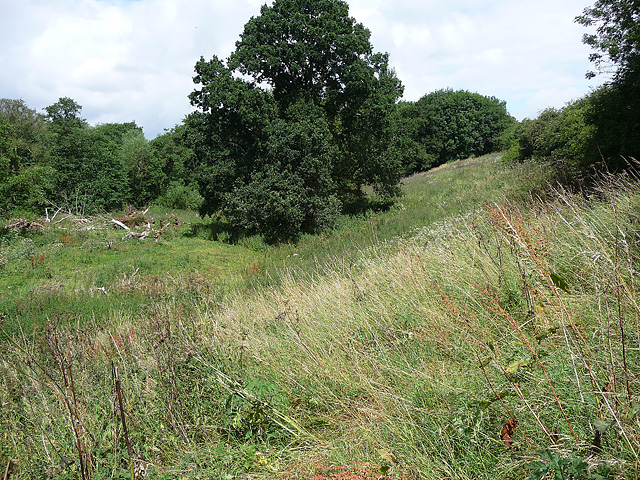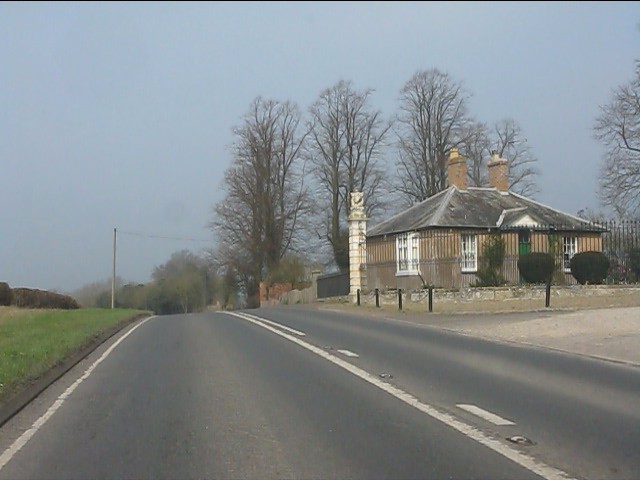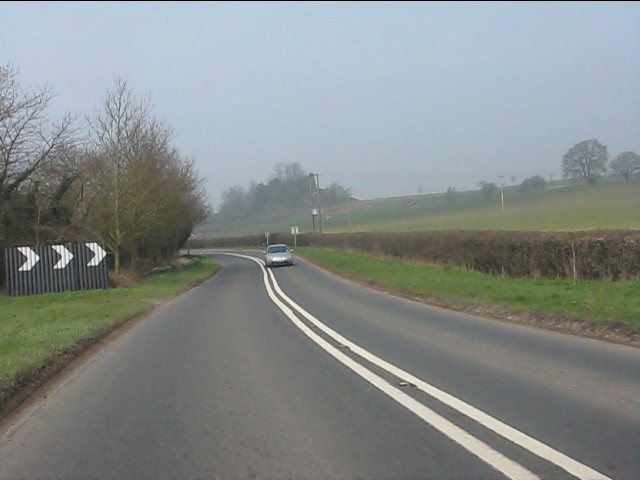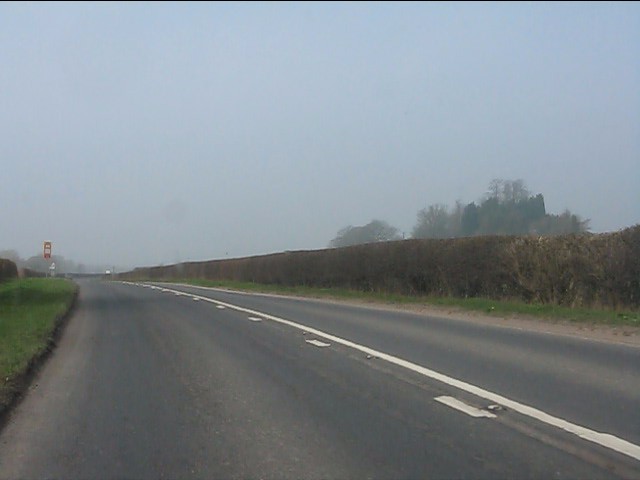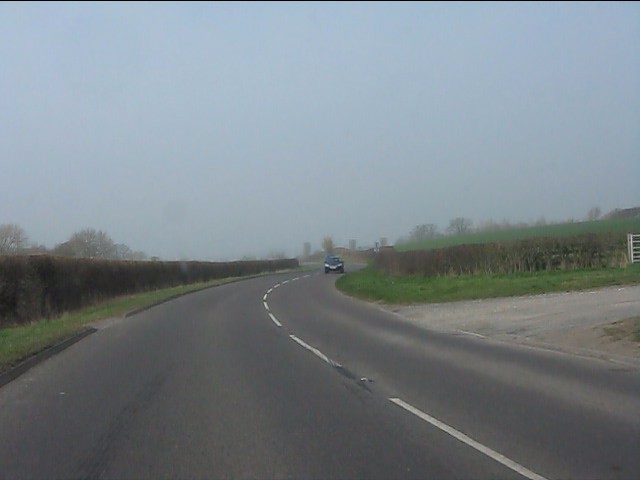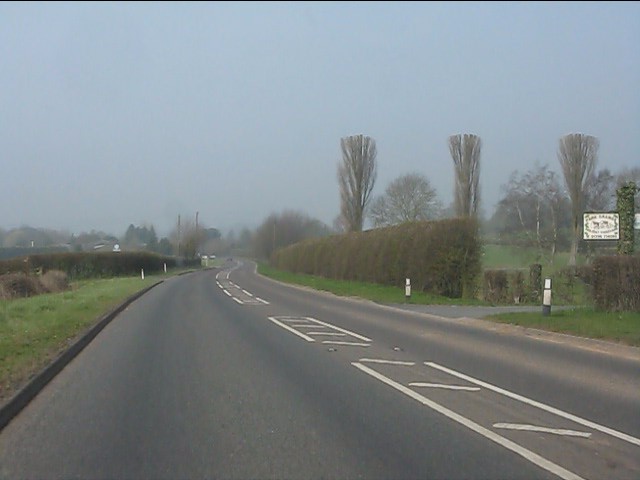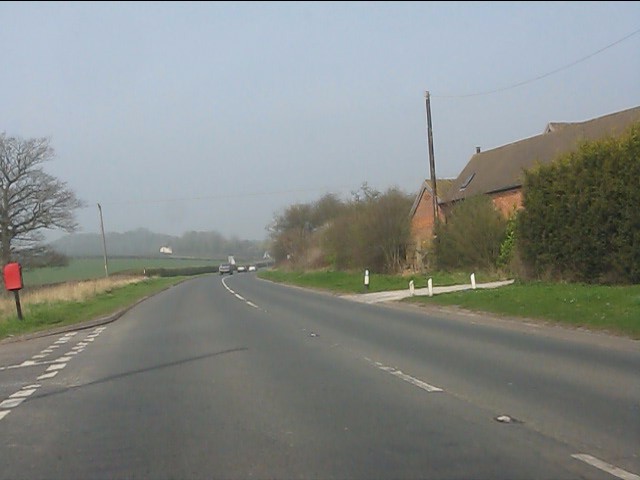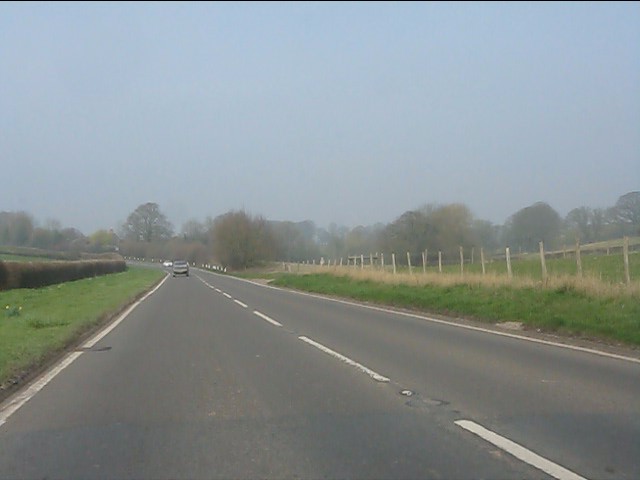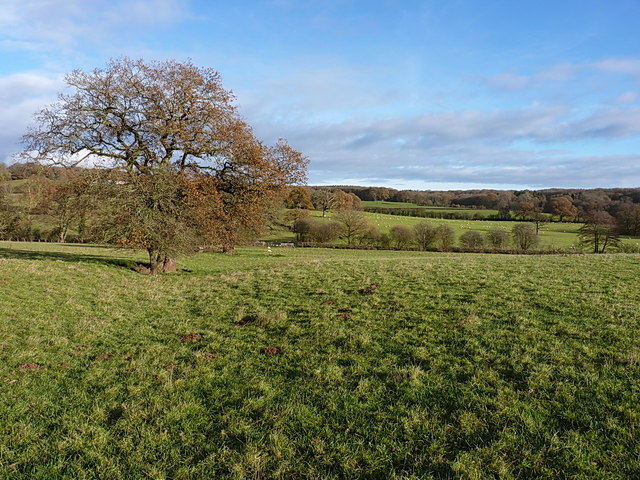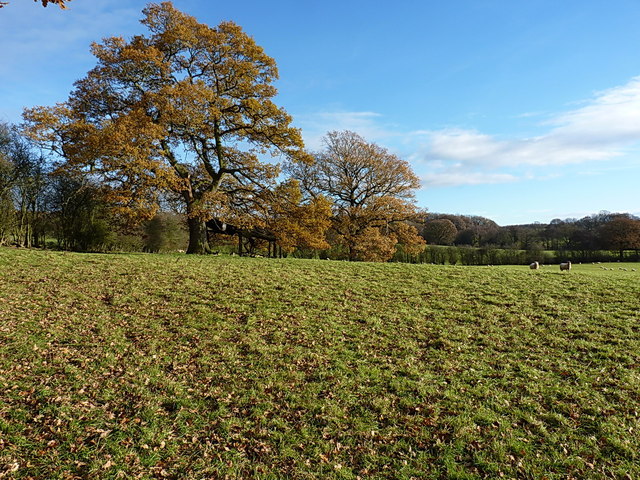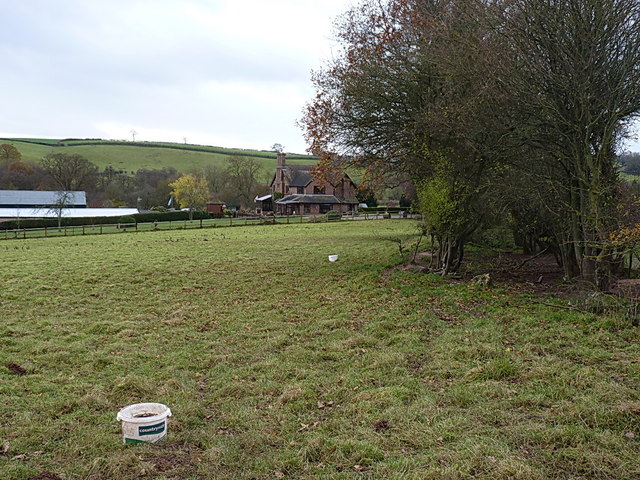Snead Coppice
Wood, Forest in Shropshire
England
Snead Coppice
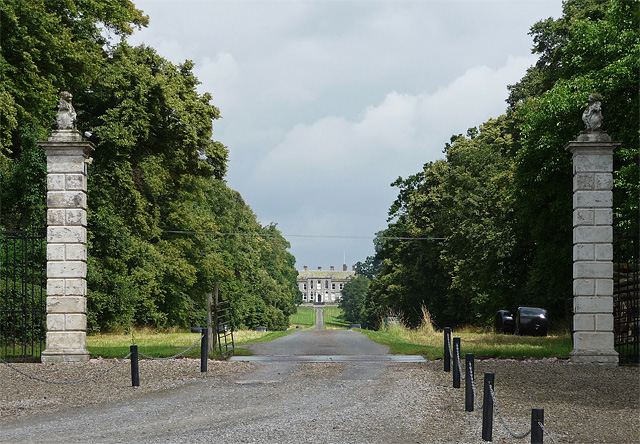
Snead Coppice is a serene woodland area located in the county of Shropshire, England. Stretching across an approximate area of 100 hectares, it is nestled within the picturesque countryside, offering visitors a tranquil escape from the bustling city life.
The coppice is primarily composed of a mix of deciduous trees, including oak, ash, and beech. These trees create a dense canopy that filters sunlight, casting a dappled shade on the forest floor. This unique ecosystem provides a nurturing environment for a variety of flora and fauna.
The woodland is crisscrossed by several well-maintained footpaths and trails, allowing visitors to explore the area at their own pace. These paths wind through the forest, offering glimpses of vibrant wildflowers, moss-covered rocks, and babbling brooks. The rich biodiversity of Snead Coppice attracts a range of wildlife, including deer, foxes, and a myriad of bird species.
For nature enthusiasts, Snead Coppice offers ample opportunities for birdwatching, photography, and simply immersing oneself in the beauty of nature. The peaceful ambiance and the soothing sounds of chirping birds and rustling leaves make it an ideal spot for relaxation and rejuvenation.
Moreover, the coppice is managed sustainably, with periodic thinning and coppicing carried out to maintain a healthy woodland ecosystem. This management also ensures the production of sustainable timber, which is utilized for various purposes, such as construction and fuel.
Overall, Snead Coppice is a captivating forested area, combining natural beauty, biodiversity, and sustainable management practices. It provides a haven for nature enthusiasts and offers a glimpse into the mesmerizing charm of Shropshire's countryside.
If you have any feedback on the listing, please let us know in the comments section below.
Snead Coppice Images
Images are sourced within 2km of 52.55261/-2.5196179 or Grid Reference SO6495. Thanks to Geograph Open Source API. All images are credited.


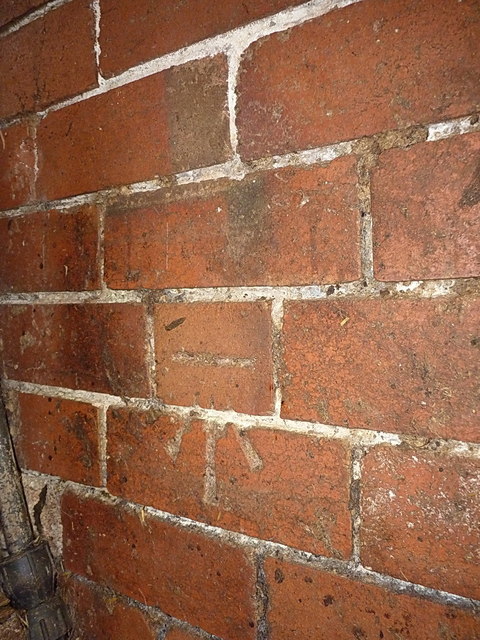
Snead Coppice is located at Grid Ref: SO6495 (Lat: 52.55261, Lng: -2.5196179)
Unitary Authority: Shropshire
Police Authority: West Mercia
What 3 Words
///notice.unrealistic.concluded. Near Much Wenlock, Shropshire
Nearby Locations
Related Wikis
Aston Eyre Hall
Aston Eyre Hall is an unfortified stone manor house at Aston Eyre near Bridgnorth in the English county of Shropshire, United Kingdom. It is a Grade II...
Acton Round
Acton Round is a village and civil parish in the English county of Shropshire. Acton Round was recorded in the Domesday Book as Achetune. The civil parish...
Aston Eyre
Aston Eyre is a hamlet and civil parish in Shropshire, England, about four miles west of Bridgnorth. The area has a significant amount of green space....
Aldenham Park, Morville
Aldenham Park, also known as Aldenham Hall, is a late 17th-century country house in Morville, near Bridgnorth, Shropshire, England which stands in 12 hectares...
Have you been to Snead Coppice?
Leave your review of Snead Coppice below (or comments, questions and feedback).
